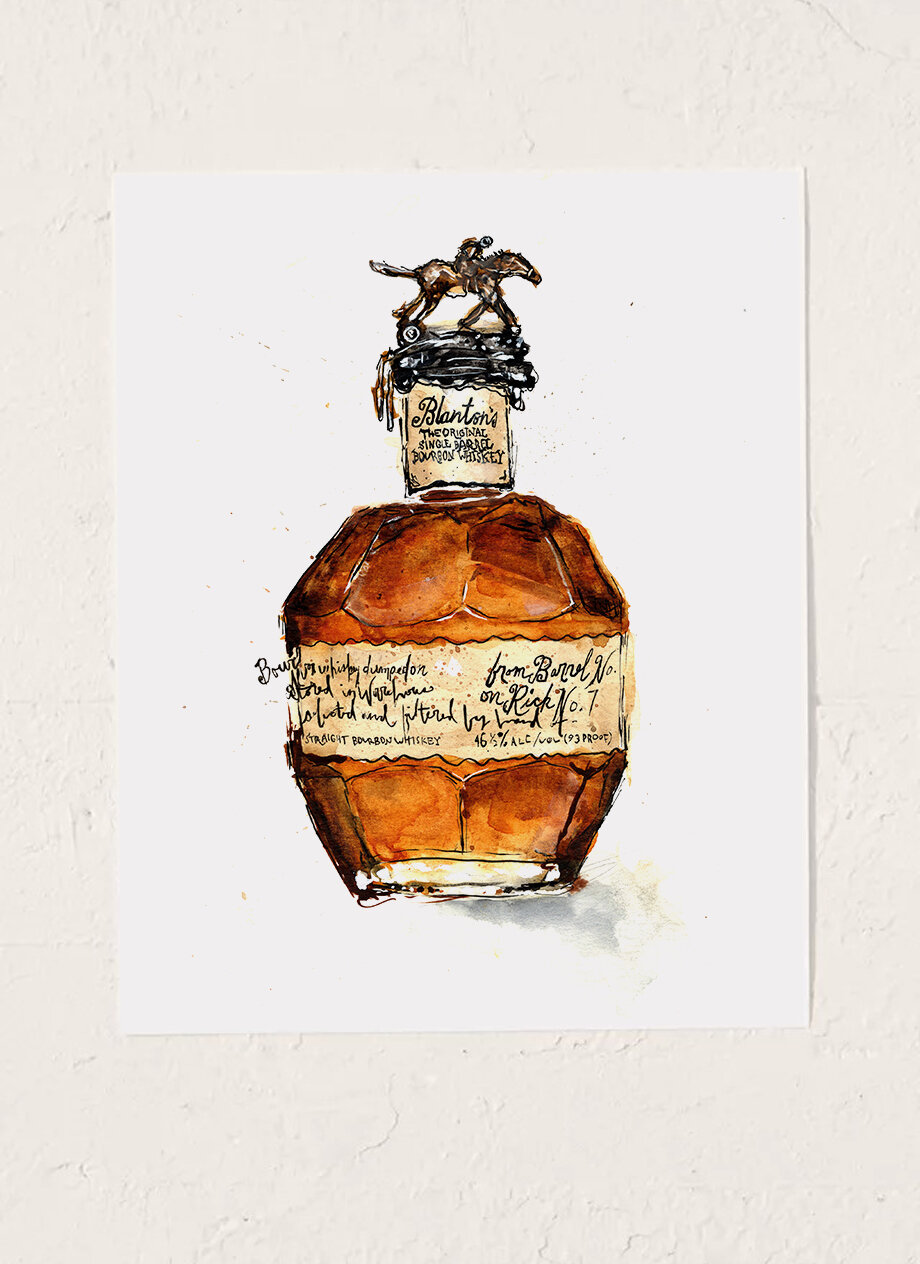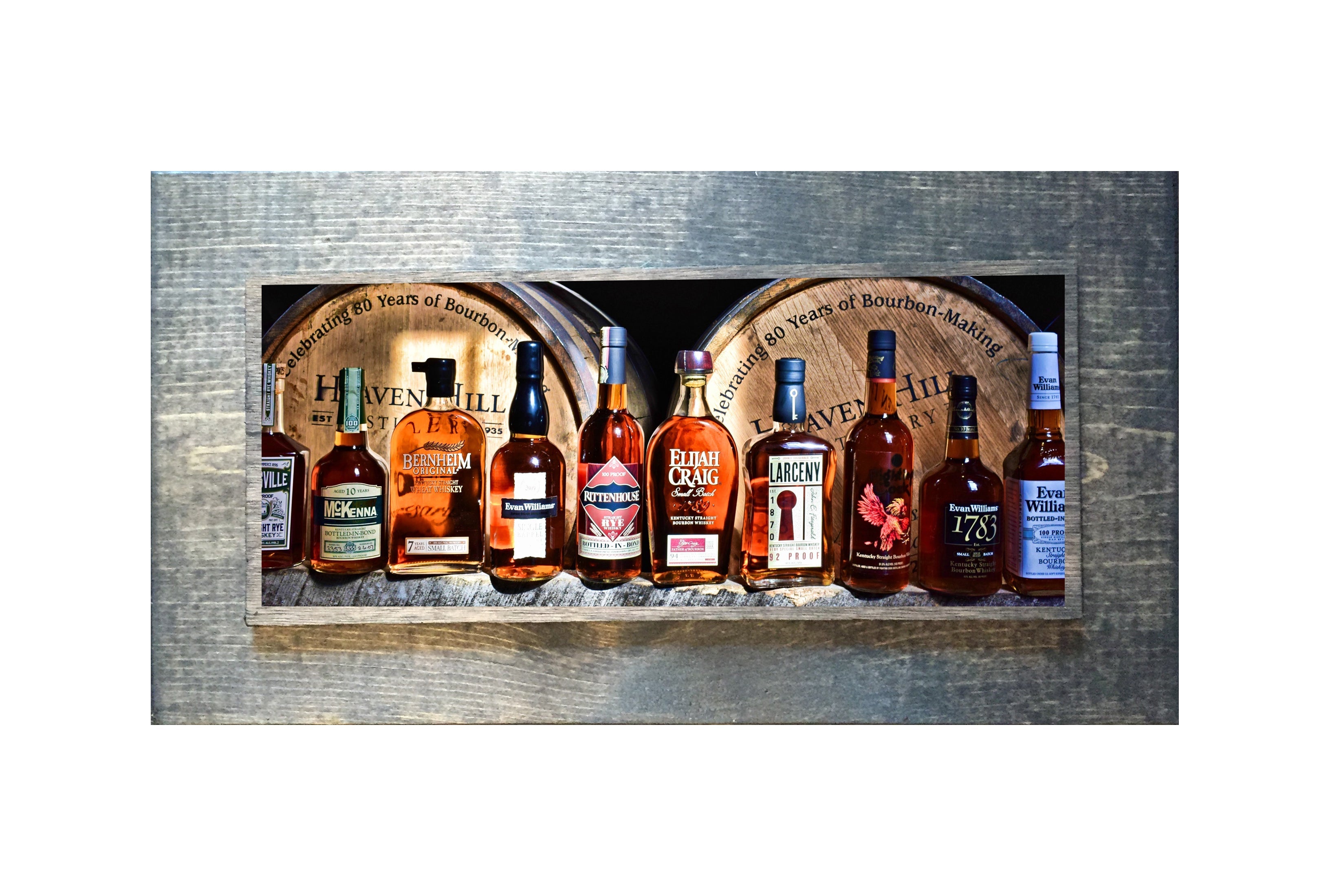Introducing the Beauty of Bourbon Art: A Tribute to Craft Distillers
Introducing the Beauty of Bourbon Art: A Tribute to Craft Distillers
Blog Article
Recording the Significance of Scotch Art Through One-of-a-kind Visual Depictions and Designs
The art of whiskey expands beyond the fluid itself, materializing via a range of aesthetic representations that envelop its storied heritage and workmanship. From the precise layout of labels that share brand stories to expressive photography that catches the spirit's appeal, each artistic expression offers to boost the customer's journey. As the market welcomes contemporary patterns, the discussion surrounding these depictions becomes intricate and increasingly abundant, meaning deeper connections in between society and creativity. What stays to be revealed is how these progressing designs reflect not just the bourbon itself but likewise the altering landscape of imaginative interpretation.
The History of Bourbon Art

As whiskey production spread, so also did the desire to raise its experience via art. From the elaborate inscriptions on very early casks to the sophisticated tags of modern bottles, each aspect mirrors a distinct creative vision, offering as a visual narrative of the scotch's heritage.
In the 19th and 18th centuries, the surge of the industrial revolution additionally boosted whiskey art, resulting in cutting-edge product packaging and advertising that caught customer focus. Musicians and developers started explore appearances, imbuing whiskey-related imagery with symbolic significances that communicated concepts of area, workmanship, and practice.
Today, bourbon art proceeds to progress, mixing standard techniques with contemporary art forms. Whiskey Art. This ongoing discussion between the spirit and its visual depiction emphasizes the long-lasting bond in between scotch and culture, enriching the overall experience for enthusiasts worldwide
Iconic Container Layouts
While lots of aspects contribute to the allure of bourbon, legendary container styles play a critical role in shaping customer understanding and improving the overall experience. The aesthetic discussion of whiskey bottles is not just an aesthetic consideration; it works as a bridge in between the customer and the product, stimulating feelings and setting assumptions.
Unique shapes, products, and closures can raise a whiskey brand name's identity, making it quickly recognizable on jampacked shelves. For instance, the timeless Glenfiddich bottle, with its classy conical silhouette, shares a sense of practice and craftsmanship, while the vibrant, contemporary design of the Balvenie container reflects technology and class. Furthermore, using colored glass or distinct appearances can suggest the top quality and character of the scotch within.
Famous designs commonly include aspects of social heritage, symbolizing the brand's background and link to its roots. Brands like Jack Daniel's use an uncomplicated, robust style that reverberates with its American bourbon heritage. Ultimately, the impact of bottle style expands beyond simple capability; it envelops the essence of the brand, inviting customers to indulge and check out in the abundant tapestry of bourbon culture.
Tag Art Work and Branding
Container styles commonly establish the phase of what consumers can expect, but label art work and branding play a just as substantial duty in interacting a scotch's identity. The label acts as the initial factor of call in between the product and the customer, enveloping the essence of the whiskey within its visual elements.
Reliable tag artwork combines color, images, and typography to produce a narrative that reverberates with the brand name's heritage and target audience. A tag check featuring vintage typefaces and complex illustrations might evoke a feeling of custom and workmanship, appealing to lovers. On the other hand, vibrant colors and modern-day design components might attract a younger group seeking innovation and enjoyment.


Digital Photography and Visual Storytelling
Capturing the essence of scotch via digital photography and visual storytelling is an art type that raises the brand name experience. This tool goes beyond mere product representation, delving into the complex stories that border each container. By employing compelling imagery, digital photographers can stimulate feelings that reverberate with customers, ultimately forging a deeper connection to the scotch brand.
Visual storytelling in whiskey photography typically makes use of abundant structures, lights, and make-up to highlight the special features of the spirit. The interaction of light and darkness can highlight the brownish-yellow colors of scotch, while the option of background elements-- such as rustic barrels or elegant glassware-- can reinforce the brand name's heritage or lifestyle organizations.
In addition, recording the ceremonial elements of whiskey consumption, from the putting to the sampling, invites audiences into a sensory experience, permitting them to visualize the tastes and fragrances that await. Each picture not just showcases the product but also informs a tale of craftsmanship, tradition, and the minutes that scotch can enhance - Bourbon Art. Hence, digital photography ends up being a powerful device in verbalizing the identity of bourbon brands, positioning them within the more comprehensive cultural landscape
Arising Patterns in Scotch Art
The development of bourbon art is increasingly formed by modern patterns that mirror broader societal changes and consumer preferences. This change not just highlights the significance of sustainability yet also improves the story surrounding scotch manufacturing.
In addition, digital art has risen in appeal, allowing for ingenious depictions of whiskey. Artists are leveraging innovation to craft immersive experiences, such as increased reality setups that involve visitors and provide a deeper understanding of scotch's social value. This trend likewise encompasses social media sites systems, where visually striking content garners interest and promotes area amongst fanatics.
Additionally, partnerships between scotch brand names and musicians are coming to be extra typical. These partnerships yield limited-edition product packaging designs and exclusive artworks that celebrate both the craftsmanship of whiskey and the creativity of artists. As whiskey art continues to evolve, these emerging trends will unquestionably shape its future, fostering a dynamic intersection of culture, sustainability, and modern technology within the bourbon neighborhood.
Final Thought
Finally, the art of scotch includes a diverse array of visual depictions that mirror its abundant heritage and craftsmanship. From renowned bottle layouts and complex tag artwork to compelling digital photography, each aspect adds to a broader story that boosts the consumer's experience. As emerging fads, such as digital art and sustainability, proceed to shape this artistic landscape, the complex identification of scotch remains a sustaining resource of cultural link and exploration.

In verdict, the art of bourbon incorporates a varied range of visual representations that mirror its abundant heritage and craftsmanship.
Report this page